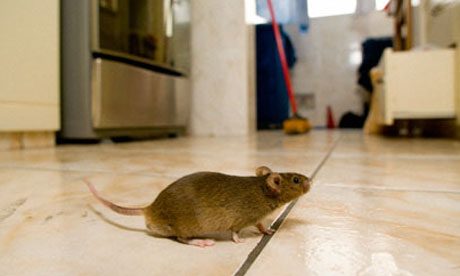
It has been confirmed that there is a new outbreak of another haemorrhagic fever (Lassa fever) across 10 states in Nigeria. Over 86 people have been infected, with 40 deaths – that is a 46% mortality rate. Nearly half of infected persons have died so far, should you be worried?
What is Lassa fever?
Lassa fever is a severe and often fatal viral hemorrhagic illness caused by Lassa virus. It is is highly contagious, and can spread rapidly. Viral haemorrhagic fevers (VHFs) are a group of illnesses caused by viruses, which include the Ebola and Marburg, Lassa fever, and Yellow fever and Dengue fever viruses. VHFs have several similar features:
- They affect many organs
- They damage the blood vessels causing hemorrhage (bleeding)
- They impair the body’s ability to regulate itself
Discovered in 1969 in the village of Lassa in Borno State, Nigeria, Lassa fever has caused countless outbreaks of various magnitude and severity across West Africa, where it is now endemic. In some areas of Nigeria, Sierra Leone and Liberia, it is known that 1 out of every 6 people admitted to hospitals every year have Lassa fever, which indicates the serious impact of the disease in this region.
How do you get Lassa fever?
Humans contract the virus primarily through contact with the Multimammate rat (Mastomys rodent), which is the natural reservoir for the virus. The infected rats shed the virus in their urine and feces and direct contact with these materials, through touching soiled objects, eating contaminated food, or exposure to open cuts or sores, can lead to infection.
- These rats often live in and around homes and scavenge on leftover human food items or poorly stored food. They deposit their urine and feces on floors, tables, beds and food and so direct contact transmission is common.
- In some regions, the rats are also sometimes consumed as a food source and infection may occur when rodents are caught and prepared.
- Airborne contact with the virus may also occur when a person inhales tiny particles in the air contaminated with infected rodent excretions during cleaning activities, such as sweeping and dusting.
- Similar to Ebola virus, transmission of the Lassa virus between humans occurs through direct contact with infected blood or bodily secretions.
Casual contact without exchange of body fluids does not spread Lassa virus. Person-to-person transmission is common in health care settings (hospitals, clinics) where proper personal protective equipment (PPE) is not available or not used. Lassa virus may also be spread in contaminated medical equipment, such as reused needles.
How do you know if you have Lassa fever?
In the early stages, Lassa fever is often misdiagnosed as the flu, typhoid or malaria, and as a result many patients do not receive appropriate medical treatment. A blood test will confirm Lassa fever. Onset of the illness is typically slow, about 1 to 3 weeks after contact with the virus, with no specific symptoms that distinguish it from other illnesses with fever. Early signs include high fever, headache and general malaise, followed by a sore throat, nausea, vomiting, abdominal pain and diarrhea in some cases. After 4 to 7 days, most patients will start to feel better, but some will go on to display symptoms such as swelling, hypertension, bleeding and shock, leading eventually to death. Death from Lassa fever usually occurs 10 to 14 days after the start of symptoms.
Is there a treatment for Lassa fever?
No vaccine for Lassa fever is currently available for use in humans. The only available drug, ribavirin, is only effective if administered early in the infection, within the first 6 days of the disease.
What can you do to prevent Lassa fever?
Avoid contact with rats and their excreta.
- Observe good personal hygiene including hand washing with soap and running water regularly
- Dispose of waste properly and clean your environment so that rats are not attracted
- Store foods in rat-proof containers and cook all foods thoroughly before eating.
- Discourage rodents from entering the house by blocking all possible entry points
- For food manufacturers and handlers, do not store or serve food where rats can have access to it.
- All fluids from an infected person are extremely dangerous.
Use rat poison with caution, as it can be poisonous to children and adults as well!!
Report any cases of above symptoms or persistent high fever not responding to standard treatment for malaria and typhoid fever to the nearest health center.
Health workers are also advised to be on alert, wear personal protective equipment, observe universal basic precautions, care for suspected cases in isolation and report to the Local Government Area (LGA) or Ministry of Health immediately.
Emergency Contact information
- Directorate of Disease Control, Lagos State Ministry of Health – 08037170614, 08023169485.
- Federal Ministry of Health – 08093810105,08163215251, 08031571667 and 08135050005.



Nimat
Thanks for this information.